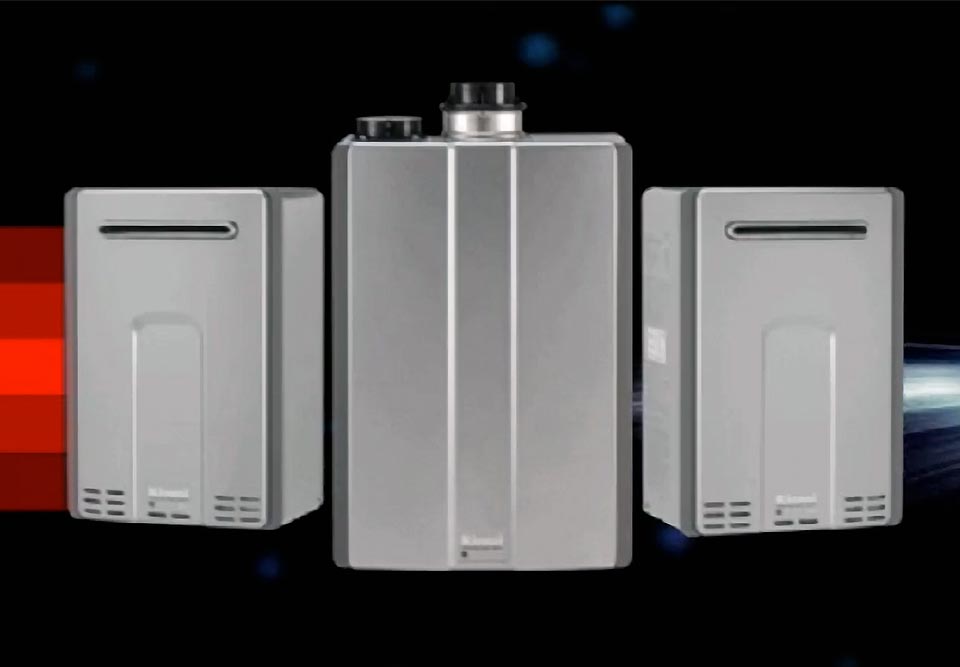There are a several factors you should consider when purchasing a water heater. How often do you use hot water? What size and type of water heater would best fit your needs? Maintenance, installation and guarantee. And of course, the cost.

Will you need a storage/electric-resistant, point-of-use, solar, direct or indirect water heater? The first decision in choosing a new water heater is usually the fuel source. A natural gas unit will cost less to operate than an electric model – the price difference can be paid back in energy savings in just a few months. If you heat with electricity and live in a warm and sunny climate, consider installing a solar unit. Solar units are environmentally friendly and can now be installed on your roof to blend with the architecture of your house.
Conventional Storage Water Heaters range in size from 20-80 gallons. Storage heaters send out hot water from the top of the tank. Cold water enters the bottom and slowly heats, but energy can be wasted when the storage system is not used. Newer models attempt to reduce this ‘standby’ heat loss and save the consumer money.
Of course, the capacity of a water heater is an important consideration. The water heater should provide enough hot water at the busiest time of the day. For example, a household of two adults may never use more than 30 gallons of hot water in an hour, but a family of six may use as much as 70 gallons in an hour. The ability of a water heater to meet peak demands for hot water is indicated by its “first hour rating.” This rating accounts for the effects of tank size and the speed by which cold water is heated. The models below are grouped by their tank size and listed in order of efficiency and first hour rating.
Demand (or instantaneous) water heaters eliminate the storage tank by heating water directly when there is a call for hot water. These units are experiencing a growing popularity. The energy consumption of these units are lower since standby losses from the storage tank are eliminated. Demand water heaters make the most sense in homes with natural gas and easily coordinated water requirements. Go for a model with electronic ignition to save the energy consumed by a continuously burning pilot light.
If you use a lot of hot water at certain times of the day – morning showers, for example – look for a model with a higher first-hour rating. This measures how much hot water the unit can produce in one hour. If you use hot water all day long, find a water heater with a fast recovery rate to ensure that you’ll never run out of hot water. The recover rate shows how long it take the full tank of water to heat to the proper temperature.
Energy factor
A water heater’s efficiency is measured by its energy factor. This number, shown on the Energy Guide label, shows the unit’s overall operating costs, taking into account the heat exchanger efficiencies, as well as heat losses from the water tank. Water heating is the third largest energy expense in your home. It typically accounts for about 14% of your utility bill. There are four ways to cut your water heating bills: use less hot water, turn down the thermostat on your water heater, insulate your water heater, and buy a new, more efficient water heater.
